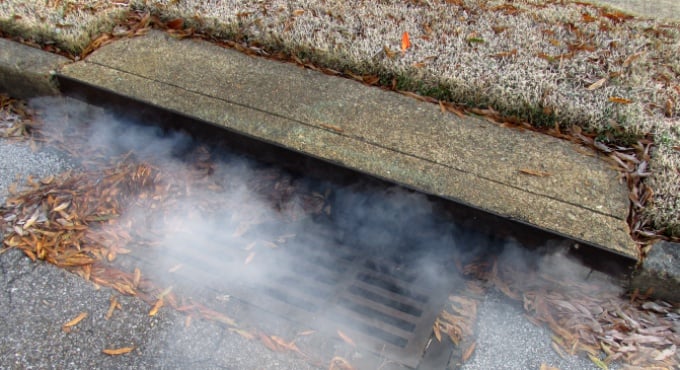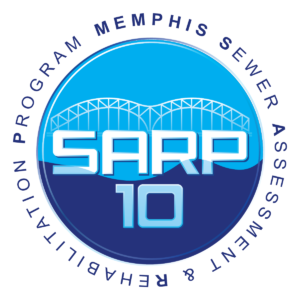 Smoke Testing
Smoke Testing
Smoke testing is an efficient and cost-effective way to locate and identify cracks and illegal cross-connections in the pipes. Smoke testing is used across the country to identify these types of issues.
Smoke Testing FAQs
Smoke testing is an efficient and cost effective way to locate and identify cracks and illegal cross connections in the pipes. Smoke testing is used across the country for identifying these types of issues.
Typically our team will place a door hanger on your front door two or three days before smoke testing starts in your area. Occasionally weather conditions may impact or delay our testing schedule.
This process is approved by the EPA and has been safely used for more than 20 years.
This process is approved by the EPA and has been safely used for more than 20 years. It will be a good idea to leave several windows partially open for ventilation, in the unlikely event that smoke does enter the building.
Smoke testing forces smoke-filled air through a sewer line. The smoke under pressure fills the main sewer line plus any connections. It follows the path of leaks in the system to quickly reveal the source of the problem.
Smoke may be seen coming from roof vents, building foundations, manhole covers or yard clean outs. Smoke coming from roof vents on homes is a normal occurrence and allows the crews to know that smoke has filled the sewers.
Smoke should not enter your home unless your plumbing drain traps are dry, are missing or if your pipes are broken. Drains that are used once every several weeks should be okay. If you are not sure, simply run water down the drain for a minute to be sure that the trap is not dry. It is important to locate dry or missing traps as they could allow sewer gas into your home or apartment.
Contact a field crew member working in the area or call the SARP10 Hotline at (901) 452.2385. Open the windows. The smoke should disappear soon after.
There is no way that smoke can plug the sewer; it is vapor/mist.
This information will be documented by city workers for further investigation or repair.
Can it. Properly dispose of fatty meat trimmings, grease and debris in cans and/or waste containers instead of rinsing it down your drain.
